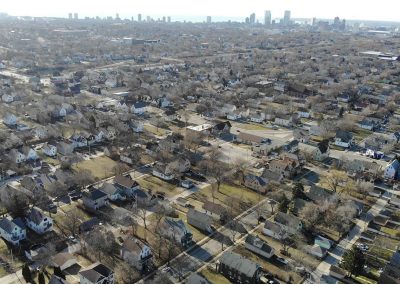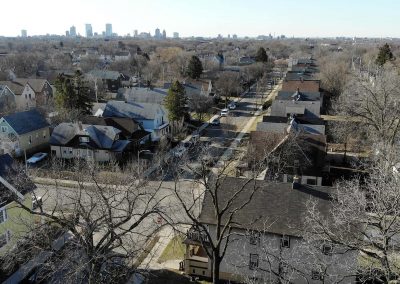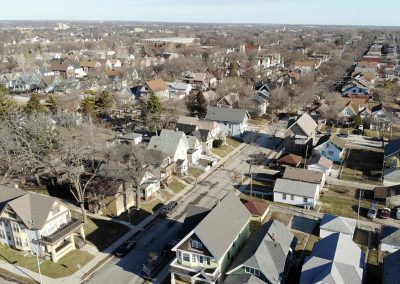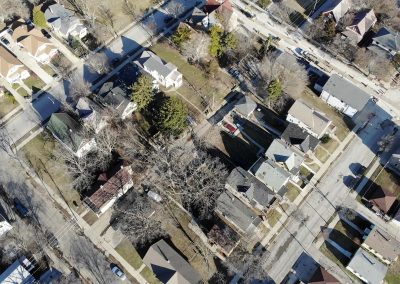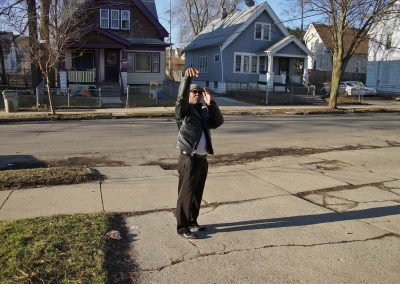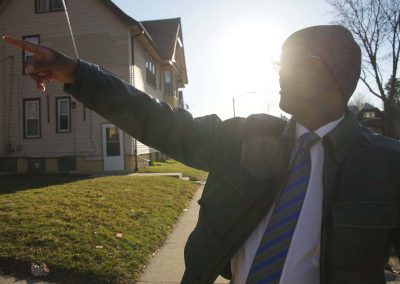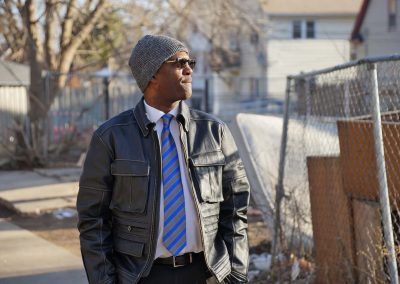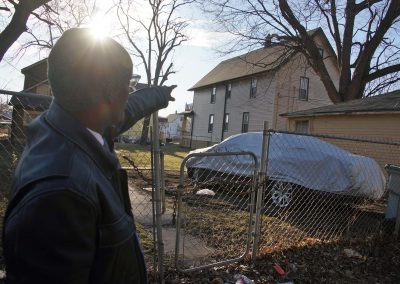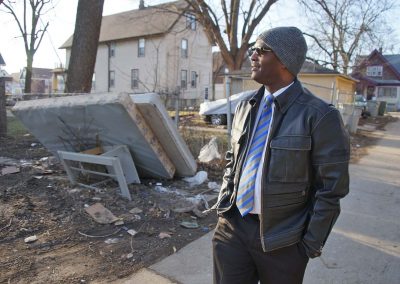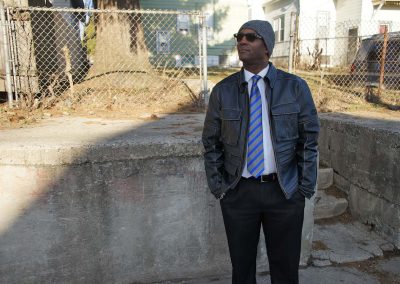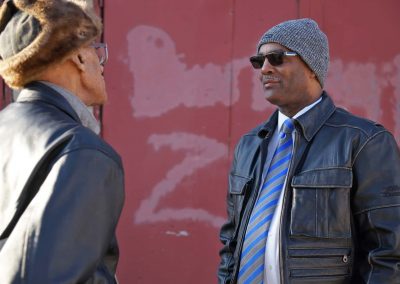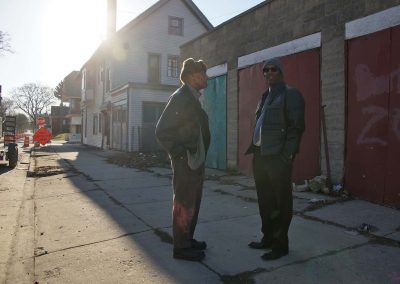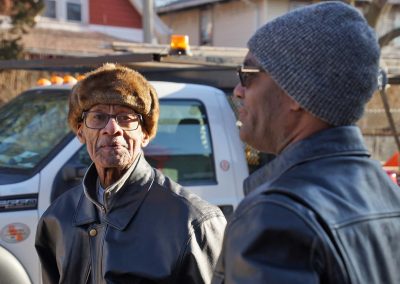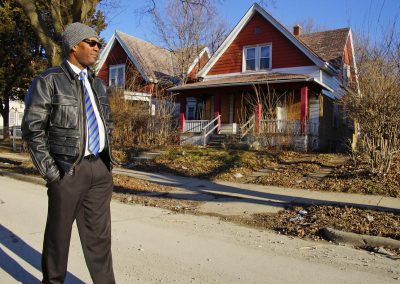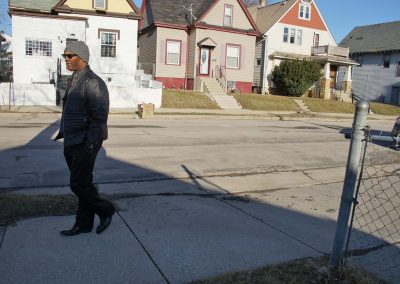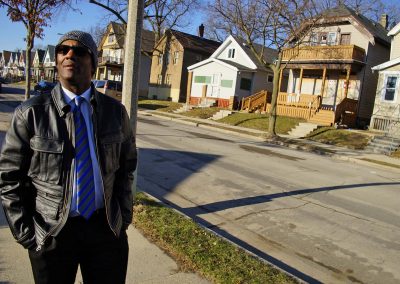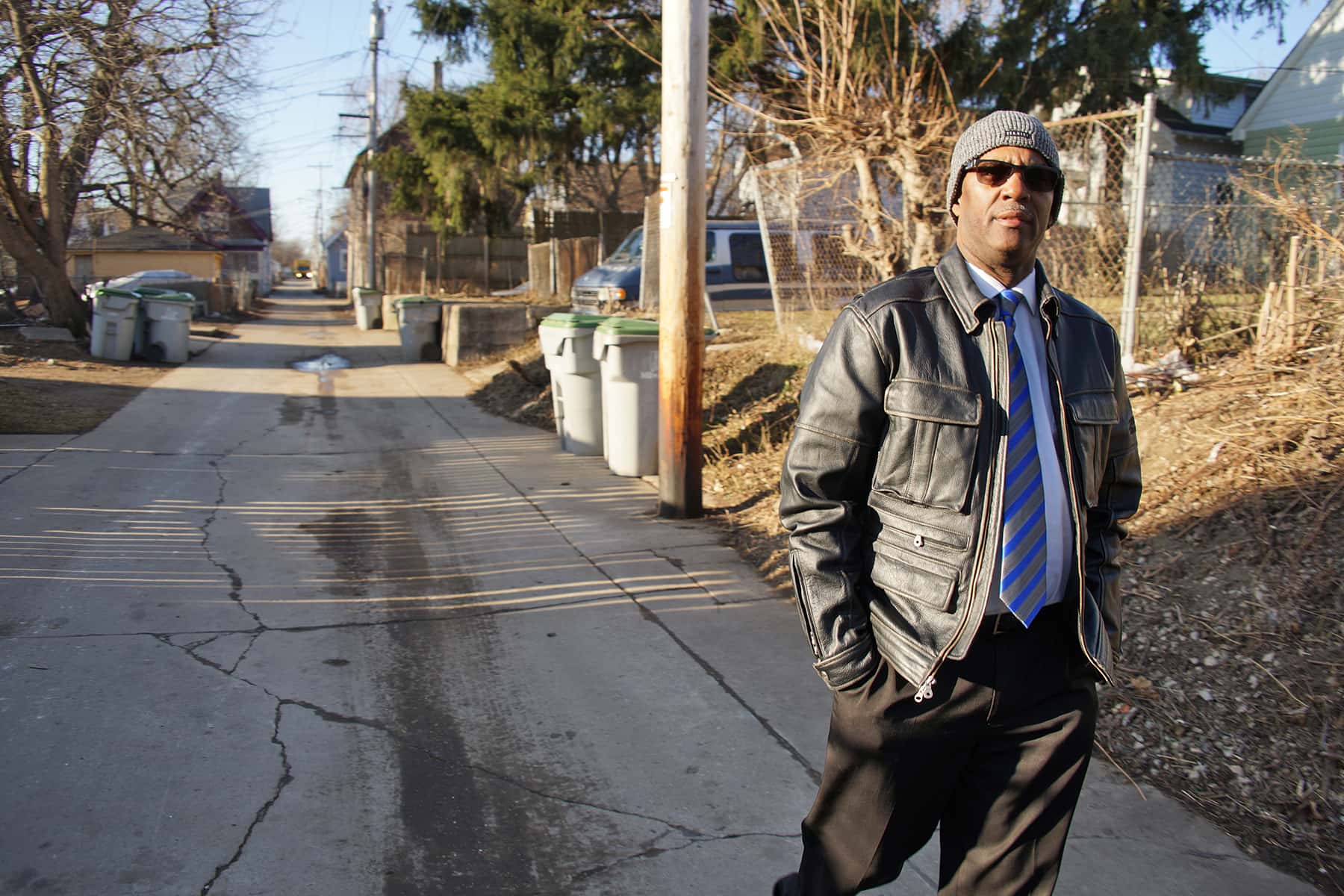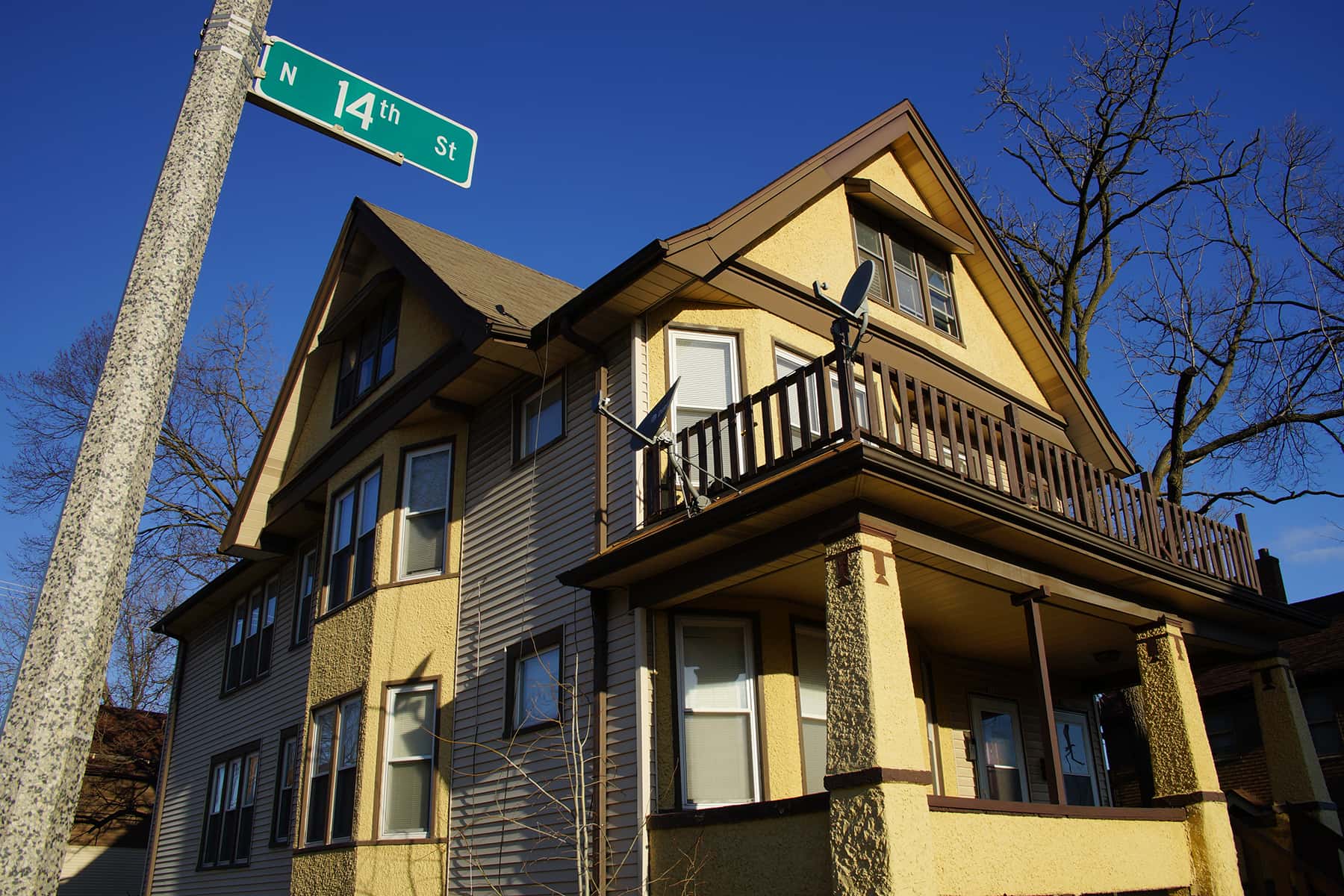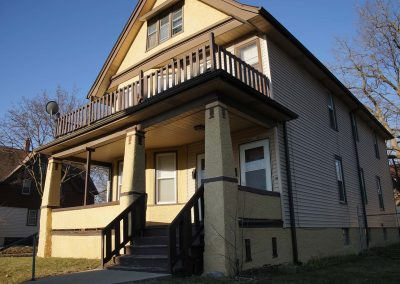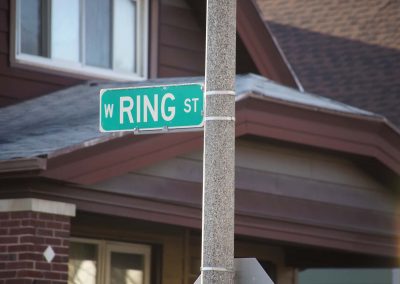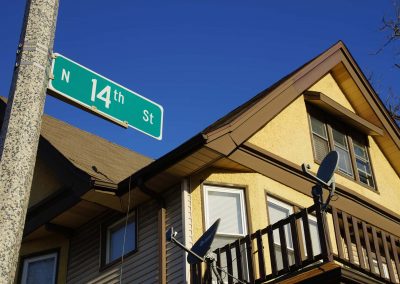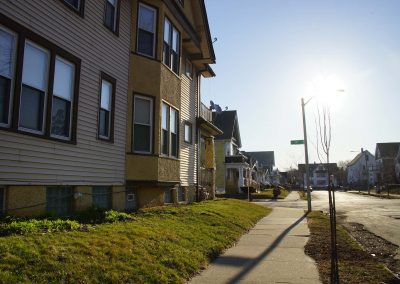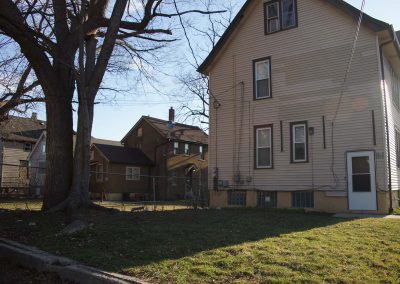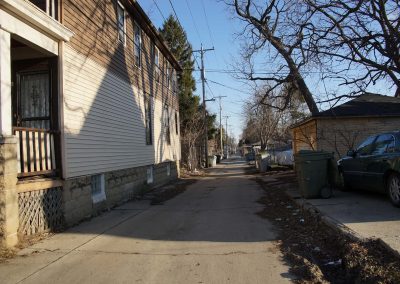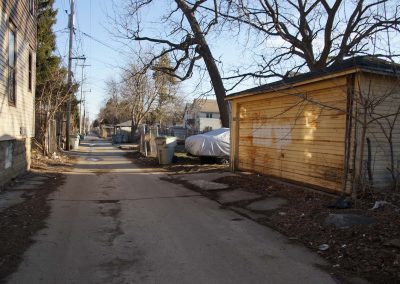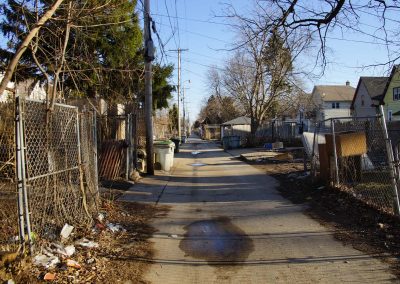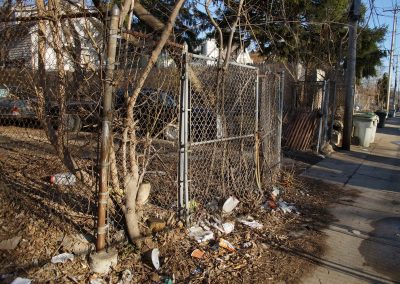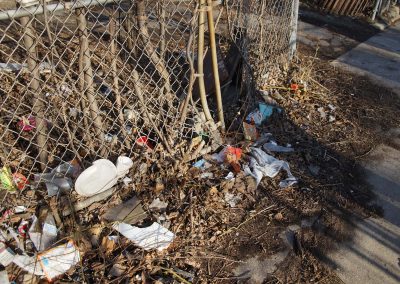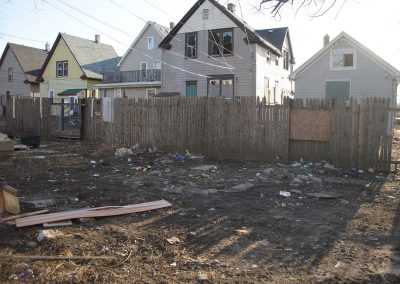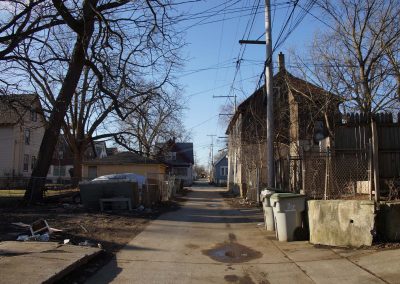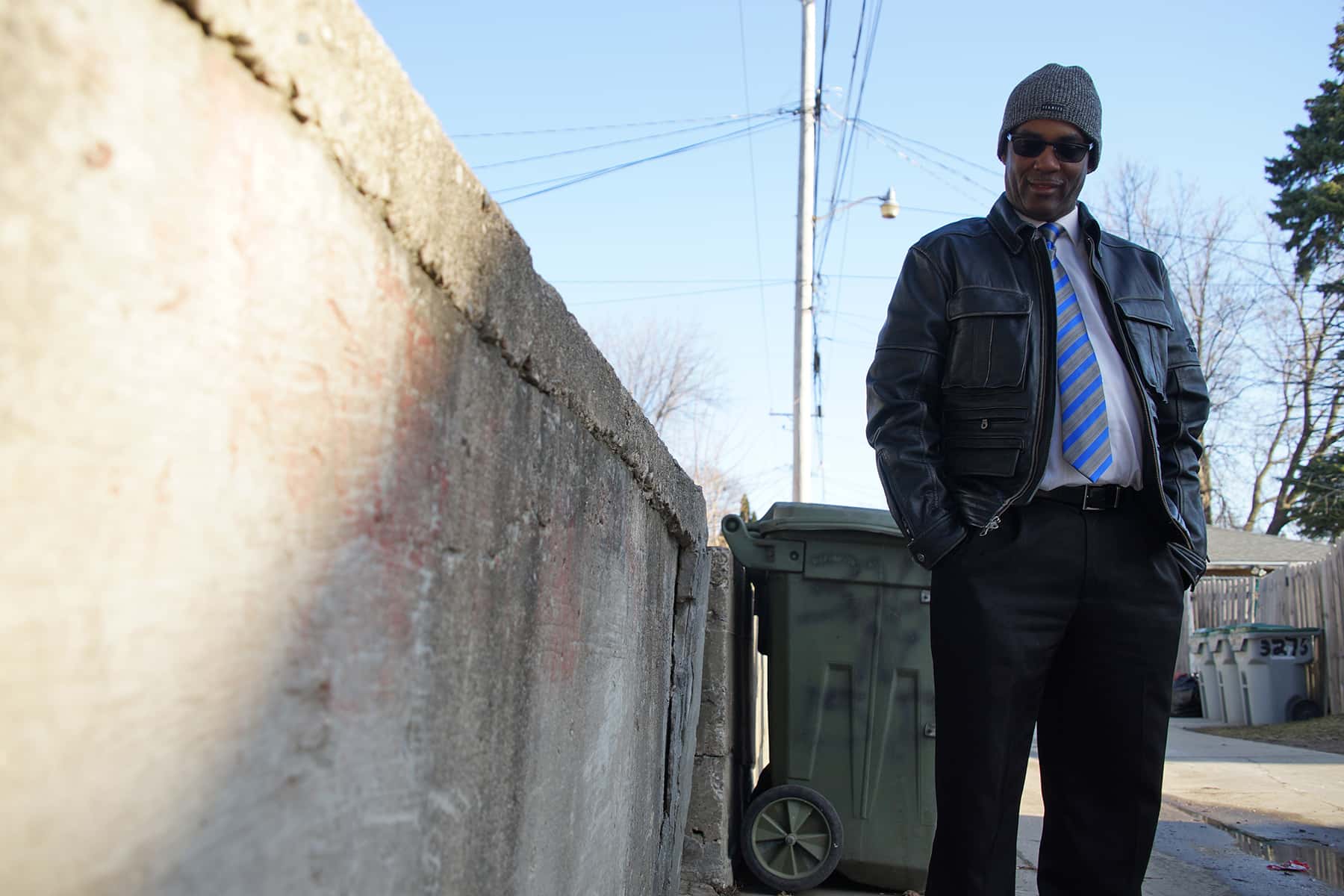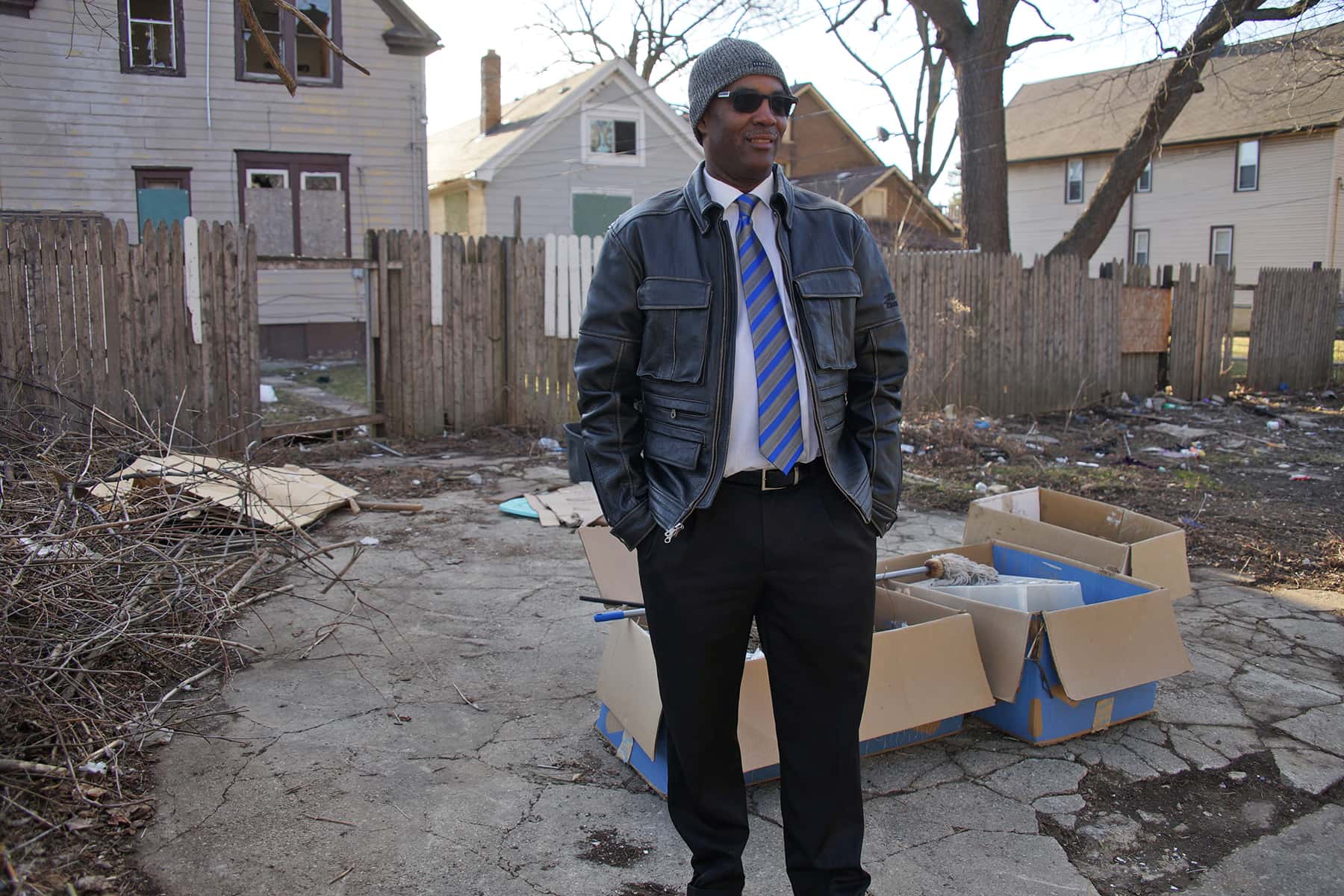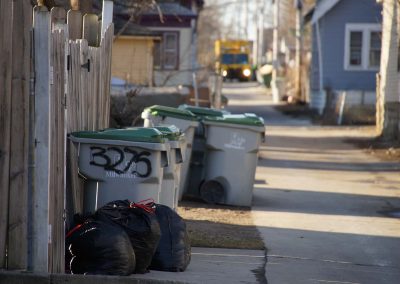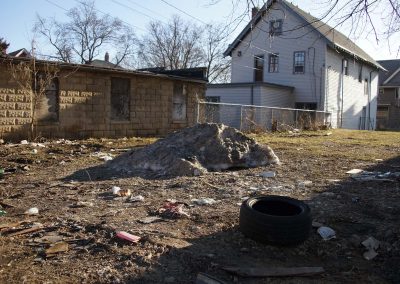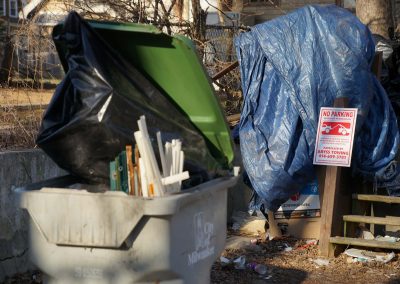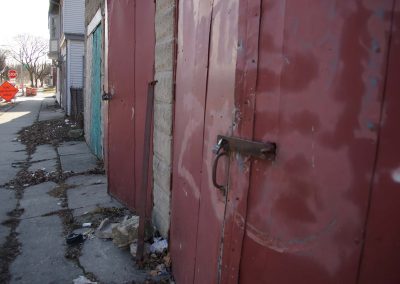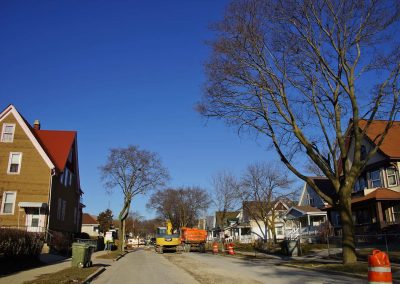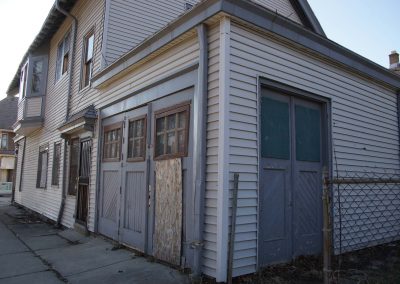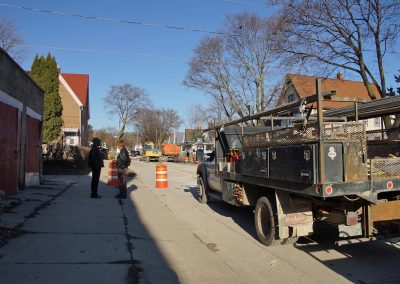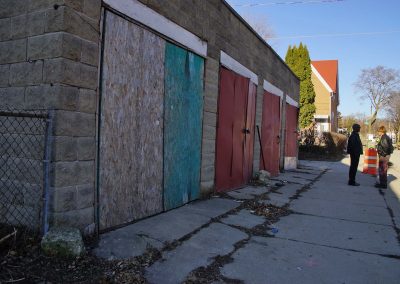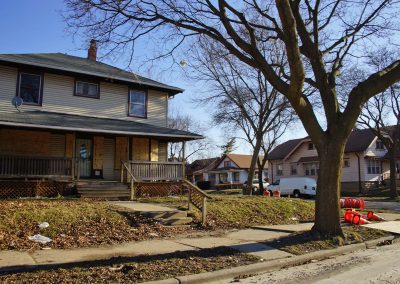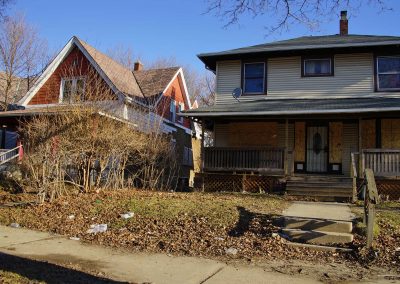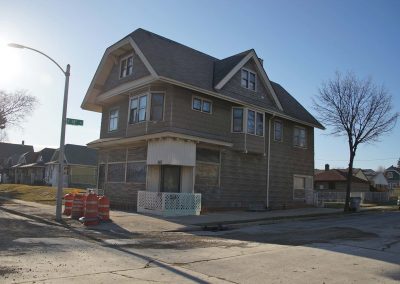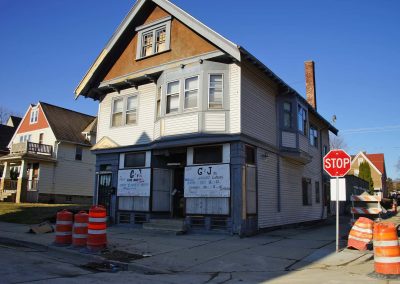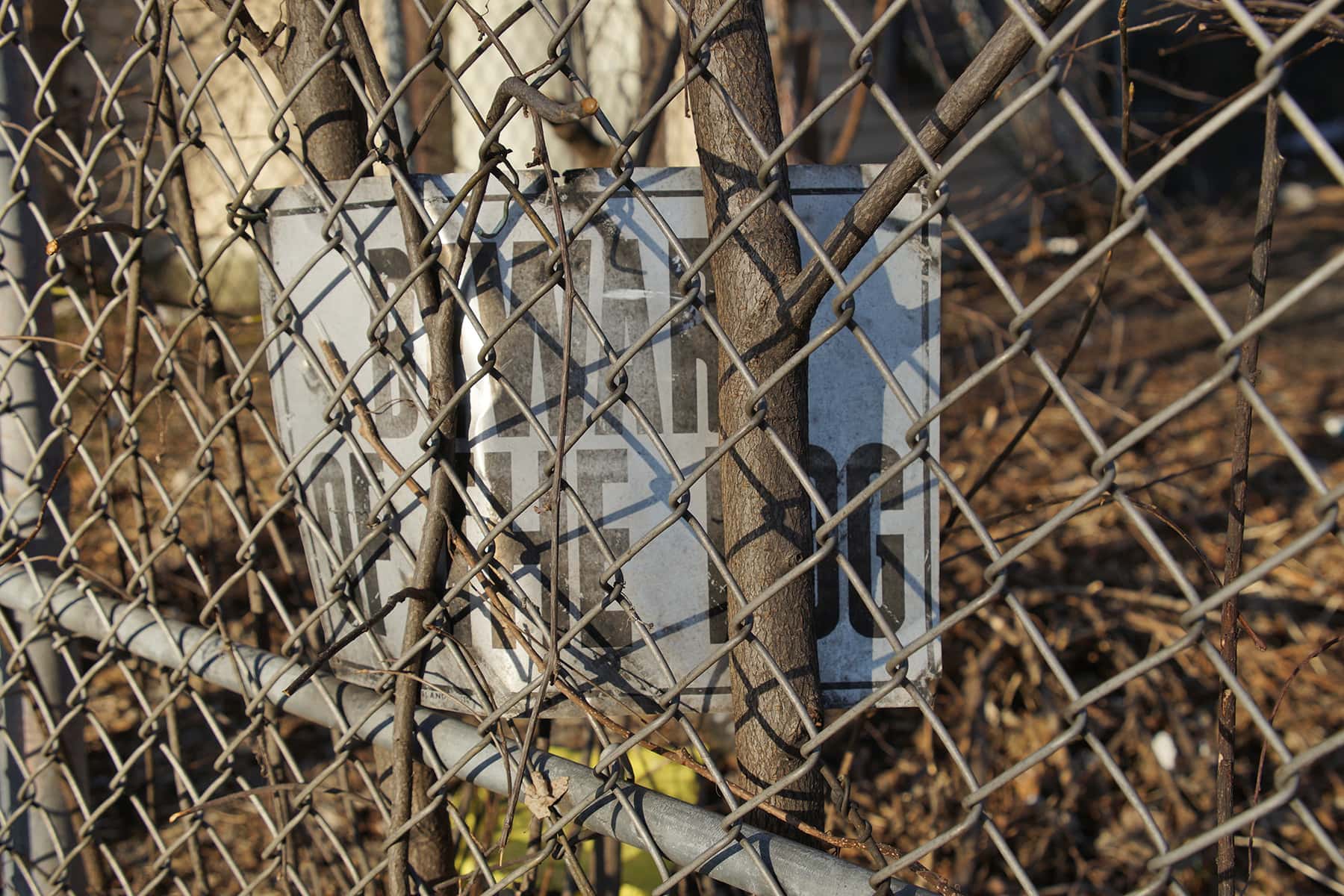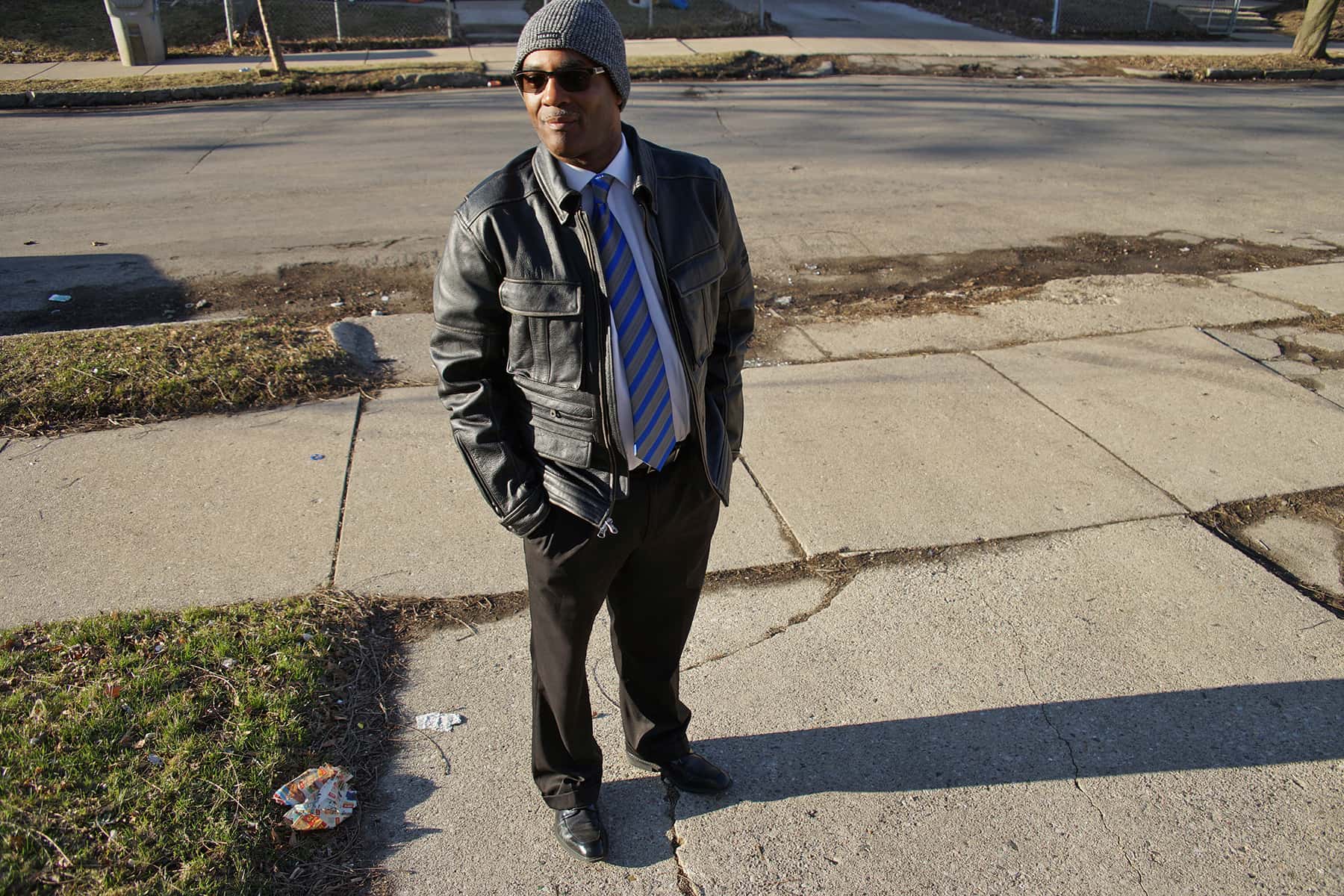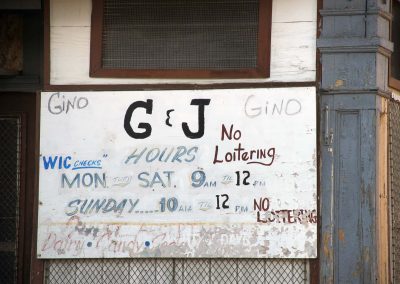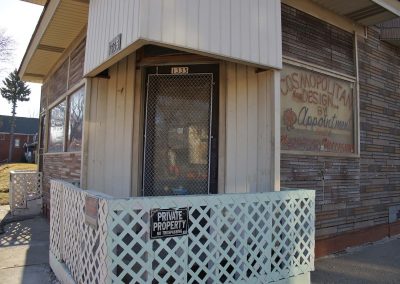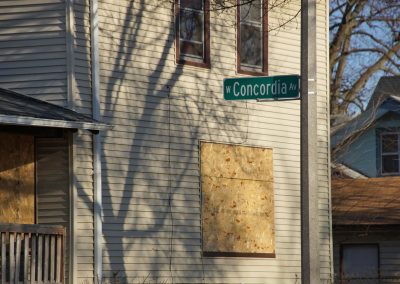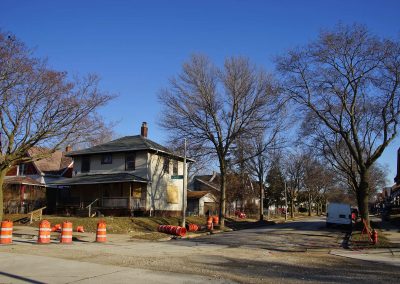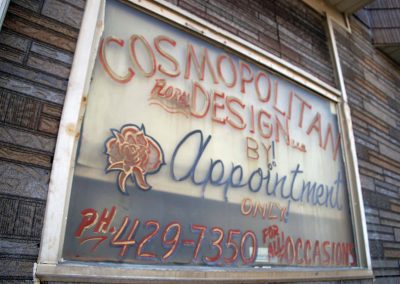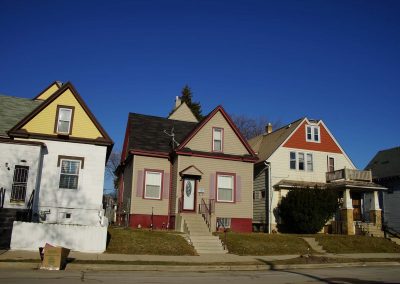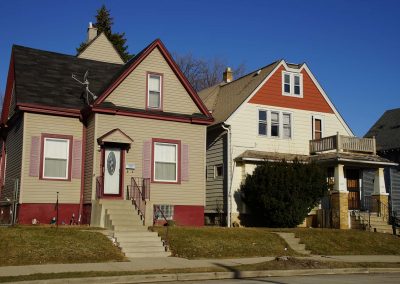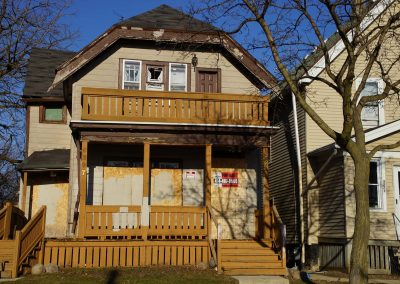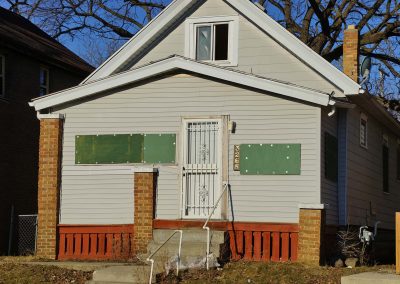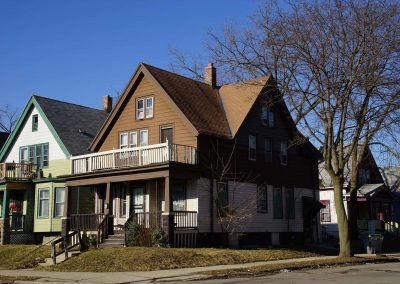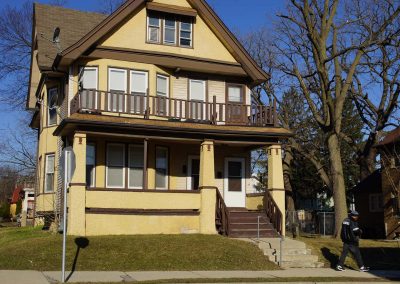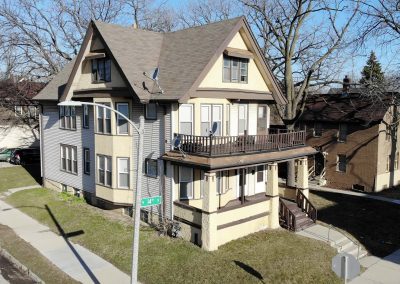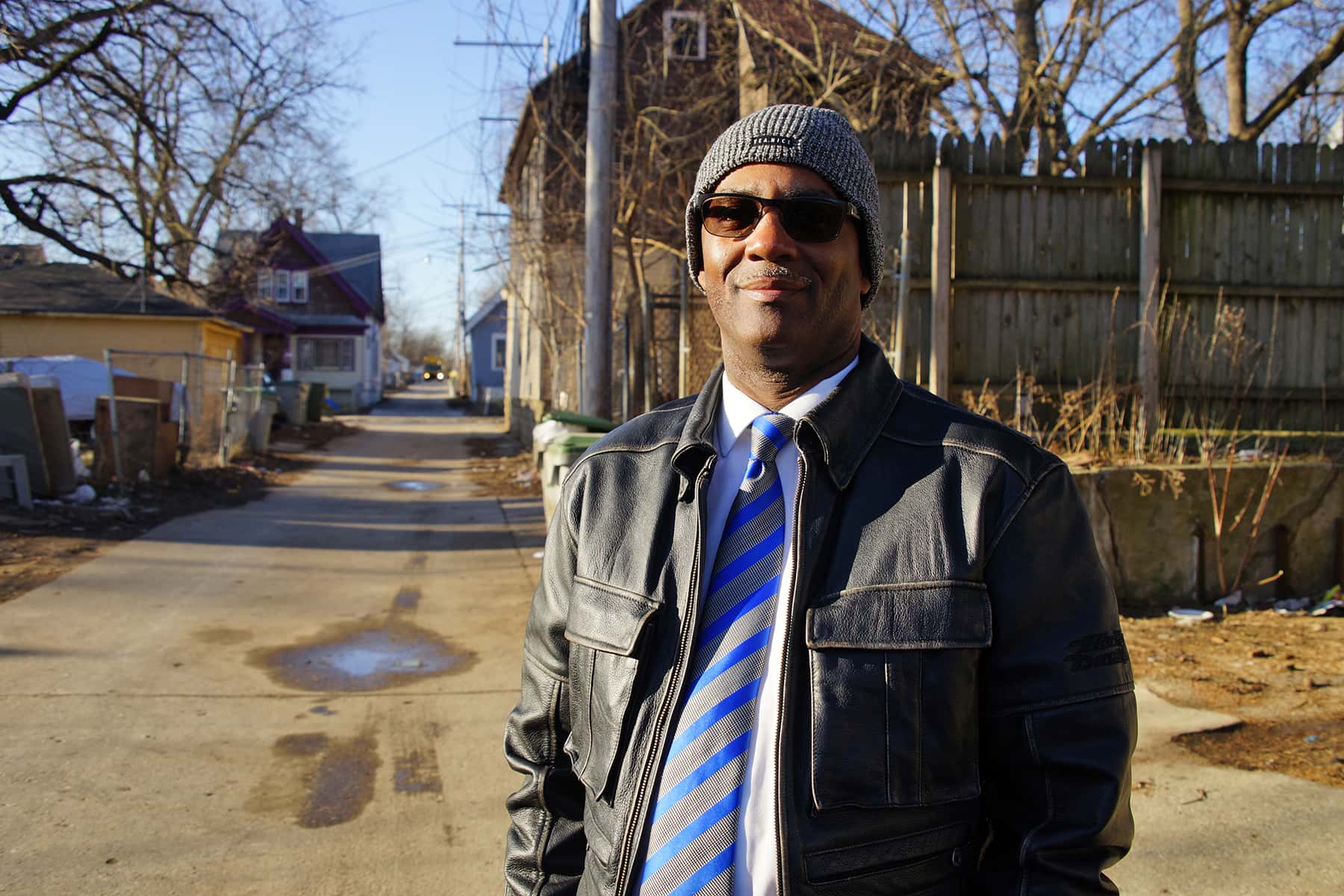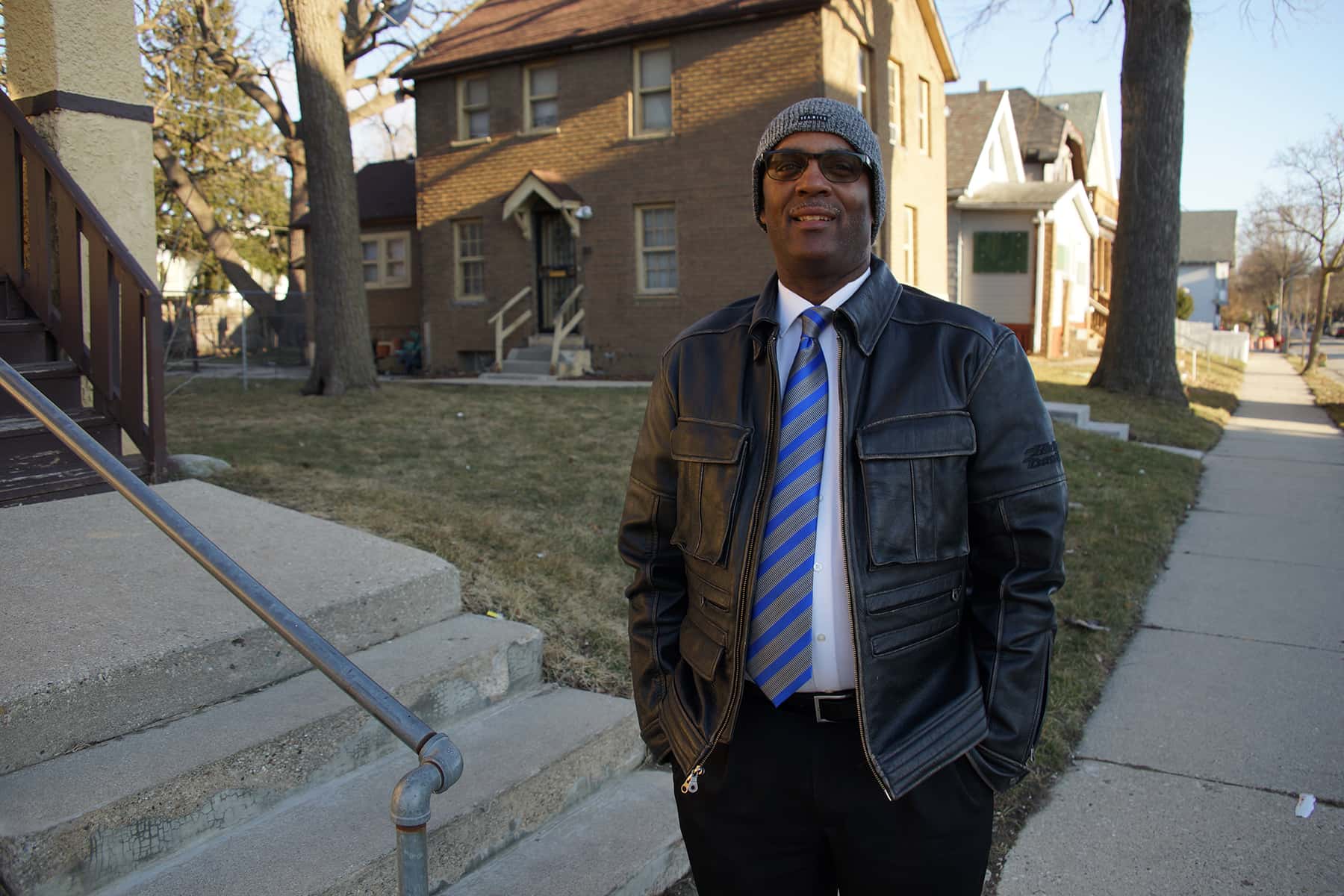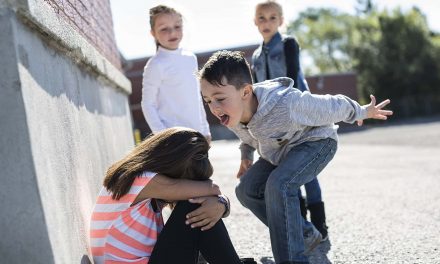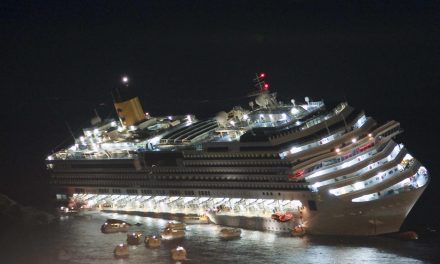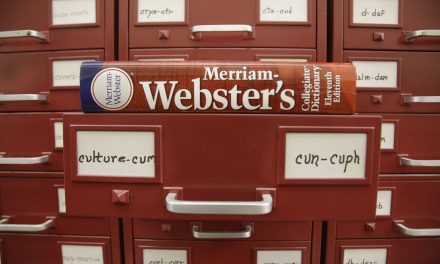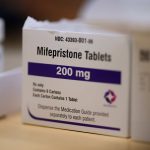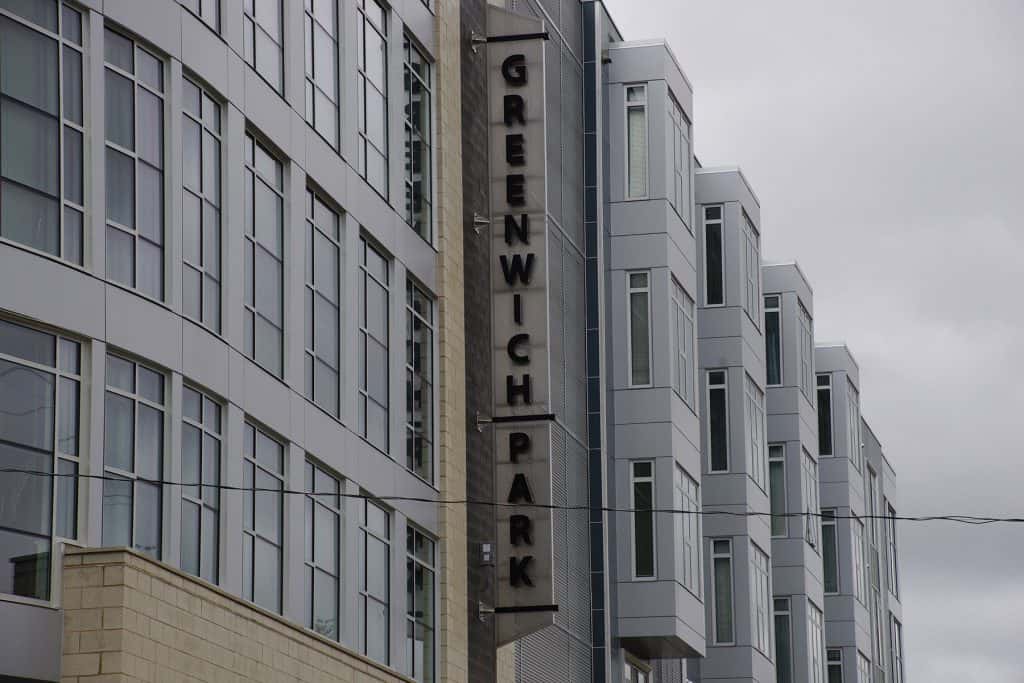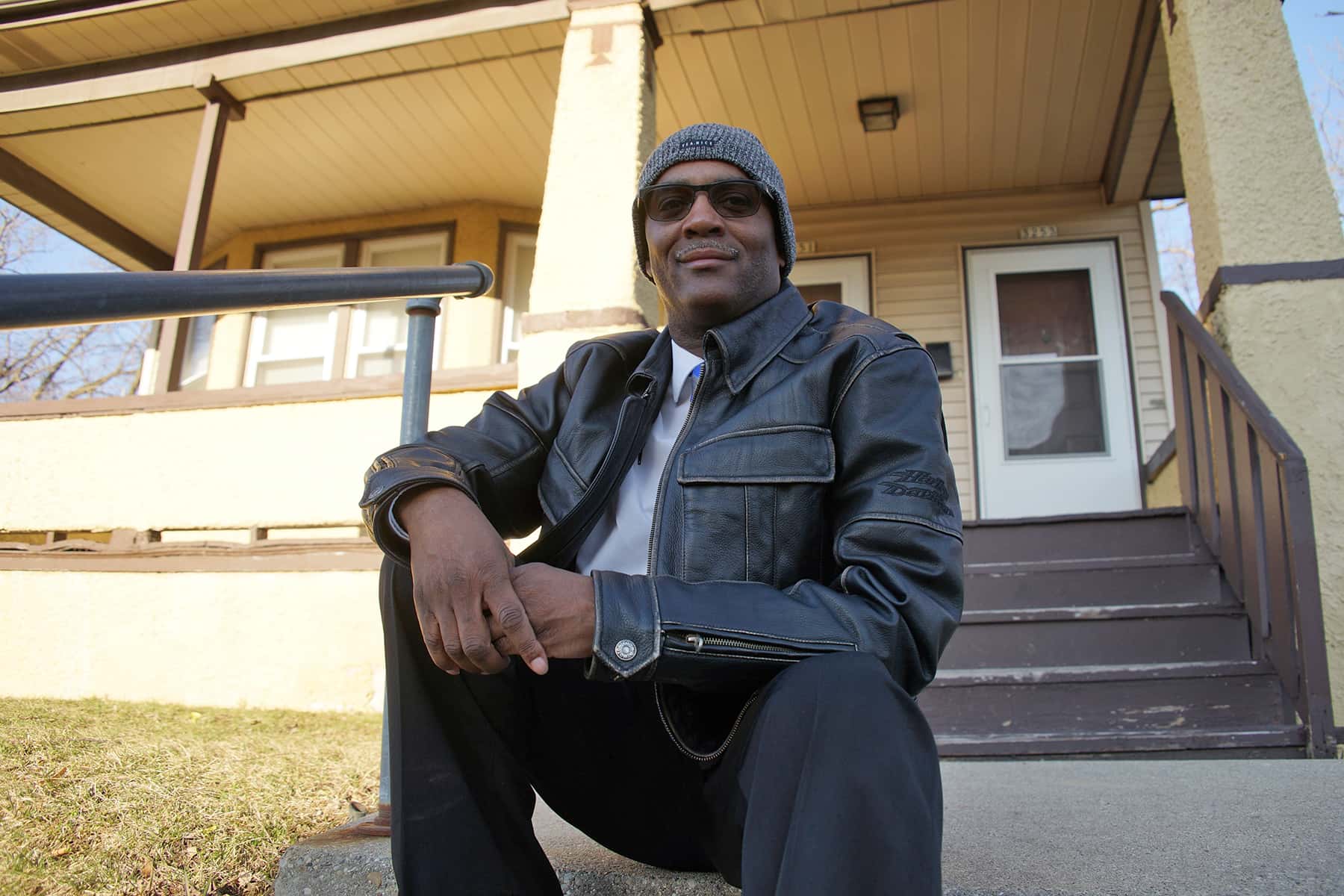
This column is part of the special series From Mississippi to Milwaukee: My Journey to 53206 by Reggie Jackson, that explores the 53206 zip code of Milwaukee in an effort to educate about the historical context and social process that drove the once thriving part of the city into its current problematic condition.
“Milwaukee’s zip code 53206 has come to epitomize the social and economic distress facing inner city neighborhoods in this hypersegregated metropolitan area. “Milwaukee 53206” is a neighborhood of concentrated poverty, pervasive joblessness, plunging incomes, and mass incarceration – a neighborhood of “cumulative disadvantages,” each reinforcing the other, that limit economic opportunity and pose daunting challenges for policies of neighborhood revitalization.” – Mark Levine, UW-Milwaukee’s Center for Economic Development
A recent report by Dr. Mark Levine at UW-Milwaukee’s Center for Economic Development paints a stark picture of the 53206 zip code (The Anatomy of Concentrated Disadvantage In an Inner City Neighborhood 2000-2017).
I was raised in the 53206. From 3rd through 12th grade I lived in what is currently the most notorious zip code in the city. It was not always what it is now. My reflections on 53206 are of a community that was the polar opposite of what I see today. Nobody from the neighborhood called it the “hood” or the “ghetto” back then.
53206 is one of the largest zip code areas in Milwaukee, covering a box between I-43 to the east, 27th Street to the West and North Avenue and Capitol Drive as its southern and northern boundaries. I spent a lot of time traveling around inside that box. I attended 20th Street School, Keefe Avenue Elementary, and Parkman Middle School, both of the latter two within walking distance of the house that became my permanent residence. I had friends who lived all over 53206.
I learned to play basketball at Columbia Park and at multiple school playgrounds in the 53206. My closest friends and I were crazy about basketball. My brother and I, with the assistance of a neighbor, who worked for the city sanitation department, put up our own basketball goal in our driveway. Everybody in the neighborhood played ball at our house. This real basketball hoop took the place of the bicycle rims nailed to multiple garages that used to suffice for a basketball court.
We would go to Columbia Park to play full court games. We shoveled the courts off in winter and played with frozen hands. In the hot summer months we played full court games up to 100 points pretending to be the Bucks, Los Angeles Lakers, or Philadelphia 76ers. We universally despised the Boston Celtics. My friends and I emulated Michael Cooper, Magic Johnson, James Worthy, Dr. J, Mo Cheeks, and Marcus Johnson, Sidney Moncrief, Junior Bridgeman and Paul Pressey of the hometown Bucks squad.
After hopping on our bikes or simply walking around the 53206, we would challenge kids at different parks to games. Two critical things were at our disposal at all times, a basketball and fresh nets. We never played without a net. I was the designated person who climbed the hoops to put the net on and climbed back up at the end to take our nets back with us. It was such a fun time in my life. No one bothered us. It was children being children and simply living our best lives in 53206.
Our parents did not know where we were most of the time. It did not mean they were bad parents, they simply did not have to worry about us back then. We knew to be home by the time the streetlights came on. We spent countless days and nights just enjoying our neighborhood without fear. We raided neighborhood fruit trees and were sometimes chased by dogs and angry neighbors. It was all in good fun. Know one was ever hurt. We ran through the graveyard off of Teutonia scaring each other half to death.
Summer days were filled with us playing on our block in the middle of the street. We played football from “light pole-to-light pole.” We would crash into cars trying to catch a pass and sometimes got bumps and bruises. We climbed trees, did wheelies on our bikes; I could never do, it but my friends were experts at it. We jumped off of porches and garages pretending to be gymnasts. We played “higher-and-higher,” jumping over a rope to see who could jump the highest. “Red-Light Green-Light Stop” was one of our favorite games. We played “Simon Says” with kids and adults participating.
It was always fun. There were occasional fistfights followed by the combatants making up by the end of the day. We rarely saw the police. They would hand out baseball cards sometimes but other than that I do not recall seeing them. We loved candy and chips and sugary drinks and ice cream and snow cones. We spent untold amounts of money at the “Malt Shop” on 14th and Concordia. They had the most complete candy selection I knew of. My favorites were Boston Baked Beans and Lemonheads. I also liked Alexander the Grape and the Whatchamacallit candy bar. The baseball star Reggie Jackson had a candy bar named after him and for obvious reasons I ate it too.
We would search the couch cushions for loose change to go to the “Malt Shop.” Mr. And Mrs. Richards were great to the kids in the neighborhood. All of the mom and pop grocery store owners extended credit to families who were short on cash. By payday Friday they got their money. Back then just about everyone was paid weekly. It seemed to me that everyone who was grown in the neighborhood had a job with just a few exceptions. This may be untrue but I simply do not recall seeing people who were not working at least part time. I had summer jobs every summer I was in high school. The summer jobs programs were cut under the Ronald Reagan administration.
Family supporting jobs were abundant in Milwaukee at that time. In 1970, blacks in Milwaukee had the 7th highest median family income for blacks in the country. Our poverty rate was 22 percent below the national black poverty rate. A.O. Smith and Master Lock employed thousands inside 53206. The 30th Street corridor employed many thousands more in small factories and shops. Families had enough disposable income to live pretty comfortable lives for the most part. We could support the neighborhood grocery stores and travel to Capitol Court Mall off of Fond du Lac and Capitol. The Sears store on Fond du Lac and North was busy until the late seventies.
I remember families hanging out together on the porch. Everybody knew their neighbors. Nosy older people kept us in check and called our parents if they caught us doing something wrong. The neighborhoods were pretty stable as it was rare for new families to move in. The kids would compete to befriend the new kids first. We rode our bikes and left them outside without fear that someone would take them until around the time I started high school. We rode down to the lake on our bikes without being harassed by residents or the police.
I did not realize it at the time, but those family supporting jobs were disappearing – the manufacturing jobs attracted blacks to Milwaukee. The black population grew from 8,821 in 1940 to more than 21,000 by 1950, over 62,000 in 1960 and more than 105,000 by 1970. As blacks were moving to Milwaukee in larger numbers, whites were leaving in droves. The suburbs were growing as whites decided they did not want black neighbors. During my middle and high school years there was just one white family in our neighborhood.
Milwaukee started losing manufacturing jobs after WWII. It accelerated during the 1960s. From 1963-2015, more than 91,000 manufacturing jobs were lost by the city. This left a huge void in employment. The recessions of 1980 and the bigger one from the summer of 1981 until the end of 1982 devastated the 53206. That second recession was, at that point, the biggest since the Great Depression. The national unemployment rate in 1982 reached double digits for the first time since 1941. The recession, along with corporate tax cuts and mergers, had devastating consequences for the city but impacted the 53206 zip code particularly harshly.
At some point drugs began flowing into the community leading to chaos. As the different individuals and groups fought for drug territory, guns took over as the weapon of choice instead of fists. Crack cocaine became the drug of choice for many who were unemployed or marginally employed. It was a means of escaping the horrors that were creeping into 53206 as the unemployment rate spiked.
During the early 1980s crime related to gang activity and drug selling became prevalent. One area of the 53206 became so notorious it was called “Little Beirut” after the Lebanese city that was largely destroyed in a civil war. I was living in California when most of this was going on. I would hear stories of friends and neighbors who had been shot and murdered or sent to prison. Milwaukee reached its peak number of murders in 1991.
The quiet, peaceful, child-friendly, 53206 was gone. Today people fear for their children. Neighborhoods in 53206 are a shell of what they once were. Boarded up homes, transitory neighbors, and vacant lots are a part of the current landscape in 53206. It looks and feels and sounds so different.
I drive back to the old neighborhood occasionally and see old friends and neighbors that are still there. My old block is such a strange place to me when I see it now. No kids are playing in the streets anymore and very few people are on their porches hanging out with neighbors.
I decided to take a detailed look at the block I grew up on. What I discovered did not come as a huge surprise. There were 21 houses on the block that I grew up on. One house had a mom and pop grocery store on the first floor. Today there are two city owned foreclosed properties on the block. There are also three vacant lots where the homes have been torn down. Only five homes are owner occupied. One was purchased in 1986 and one in 1996. The other three were purchased from 2010-2016. Five homes are owned and rented out by landlords who live in different neighborhoods. Six of the houses on the block are currently owned by companies, several of them being LLC’s. The home I grew up is one of these. The company that owns it purchased it in 2009.
Looking at the current assessed value of the homes on my block is equally sad. The average home is worth just $25,094. All of the houses on the block combined are only worth $401,500. In 2006 the properties combined – minus the foreclosed and city owned ones – were valued at a combined $705,900. In 2006 the average assessed value on the block was $44,119 per home. The block has lost $304,400 in assessed value, not including the two foreclosed properties and three vacant lots since 2006. Only one house on the block has seen a gain in property value since 2006. This home peaked at over $57,000 in 2011 but is only worth $48,600 today versus $41,300 in 2006.
Based on the assessment of the data, I believe none of the homes on my block has the same owner it did when I left Milwaukee in the early 1980s. There is currently only one home on the block that has been owned by someone for more than 30 years. And the next closest to this is 23 years of ownership. Four of the homes have lost more value since 2006 than they are currently worth. Six others are perilously close to being the same.
It is not the block I remember. 53206 is not the neighborhood I remember. It is sad that so many people talk about 53206 in such a negative way. Most of them do not know what it used to be like. They do not care to research or even ask someone who grew up there in the 1970s and 1980s what is what like back at that time. We hear erroneously that 53206 has the highest incarceration rate in the nation, it does not.
It is a difficult place to live, but not due to what the residents of 53206 did to their neighborhood. It is what it is because the good jobs left, drugs and gangs moved in, and the city did nothing to prevent the deterioration of the central city. As property values declined, and block after block fell apart, all we heard was some nonsense about personal responsibility. Those people should “pull themselves up by the bootstraps” we were told time and time again. How is that possible when your boots have been taken away?
53206 is an eyesore to Milwaukee right now. I can see that some neighborhoods are starting to gentrify around the edges of 53206. Whites are moving in and magically development dollars are pouring in. The city is hosting the Democratic National Convention in the summer of 2020. I am wondering what will happen to 53206. Will the city go out of its way to keep the 50,000 visitors away from this ugly part of the city that is so close to our shiny new downtown? Will these visitors hear about the millions that were given to the Bucks owners to build a beautiful new state-of-the-art arena less than a mile from 53206?
I know that my old block will never be what it once was. My memories of growing up in 53206 are an important part of who I am as a person today. Having such a wonderful place to experience my childhood and be nurtured in helped me to remain grounded. A big part of the reason I remain so active in the community is because I want to build a community that children – today – can grow up in with the same experiences I once had.
We played in the streets without fear of people driving 50 miles per hour down a residential street. We did not need speed humps or speed bumps. People were respectful of the children’s space. I never once heard a gun fired when I was a child in 53206. We had no no-knock police raids or drug houses or SWAT teams. Abandoned homes that were not taken care of were few and far between.
This is not to say that 53206 was perfect. It was not. What it was then, however, is a 180° shift from what it is now. Residents of 53206 did not destroy their neighborhoods. Instead they were victimized by the owners of A.O. Smith, Pabst, Blatz, Schlitz, American Can Company, Master Lock, and many others who bailed on the central city. They were victims of an unfair school funding system that is based on property values. As the property values dropped, the schools which once graduated a majority of the kids from 53206 became dropout factories and feeder programs for prison.
We can and should do more to help revitalize 53206 for the people who live there now, not for those who are gentrifying the neighborhood and driving poor blacks further away from the central city – and all of the resources they need to survive on a day-to-day basis. Development dollars that do not help current 53206 residents are a shameful sign of the city caring only about some places and people and not others.
My hope is that the changes taking place will benefit the current residents of 53206. The development of the new IKON hotel in the former Sears building that I shopped in with my mother is a positive sign. I hope this spurs the building of affordable housing nearby to replace all of the dozens of vacant lots on nearby blocks that I have seen countless times.
Our reputation as the worst place to live for black people is clearly seen by what 53206 looks like on the outside. The large number of foreclosed, city-owned properties in 53206 is a drain on the taxpayers of Milwaukee. But it in no way compares to the misery of the lived experiences of far too many people who reside in the zip code.
I miss my old block. I would not trade my childhood for the experience of anyone else. It was great, and I feel sad to constantly hear all of the horrible news about the current conditions in 53206. Milwaukee can do better, if we all work together. 53206 deserves to regain its old prominence.
© Photo
Lее Μаtz
- My journey from integrated schools in Mississippi to segregated schools in Milwaukee
- The impact of deindustrialization on Milwaukee’s Inner City
- When the jobs went away crime followed
- The growth of mass incarceration in Milwaukee
- Remembering a time when 53206 was known as a loving community to grow up in

